Final goodbye to the Kobben-class
/ Photo by: kpt. mar. Anna Sech / 3rd Ship Flotilla
/ Photo by: kpt. mar. Anna Sech / 3rd Ship Flotilla
/ Photo by: 3rd Ship Flotilla
/ Photo by: 3rd Ship Flotilla
In early January the Armed Forces Support Inspectorate (Inspektorat Wsparcia Sił Zbrojnych) informed that by the end of 2021 remaining two Kobben-class conventional submarines, ORP Sęp (295) and ORP Bielik (297) will be definitely withdrawn from service.
Decision about their decommissioning has been taken due to the age of the vessels, which originally entered service with the Norwegian Navy in 1960’s, as well as their worsening technical condition. Costly repairs, lack of proper maintenance equipment and spare parts, result in significant limitation of submarines’ operational capabilities. In fact, for the past several years they were mostly used for training of submarine crews and new cadets and Baltic Sea limited exercises.
In the early 2000’s Poland acquired five Kobben-class submarines from Norway, including one which was used as a source of spare parts. Their acquisition was presented as an interim solution, intended to maintain the operational capability of Poland’s submarine fleet, which at that time was shrinking due to the gradual withdrawal of the old Soviet-era vessels.
Acquisition of Kobben-class submarines was intended to precede the procurement of next generation vessels of the Western origin. However, due to the change in Polish Armed Forces’ investment priorities, naval project lost much of its importance, and de facto were sidelined by procurement of new weapon systems for the army and air force.
The process of gradual withdrawal of Kobben-class submarines was launched in late 2017, when the first vessel, ORP Kondor was decommissioned. Shortly after it was followed by ORP Sokół, which left the service in June 2018.
The submarine fleet shrinking drastically
/ Photo by: kmdr ppor. Radosław Pioch / 3rd Ship Flotilla
/ Photo by: kmdr ppor. Radosław Pioch / 3rd Ship Flotilla
/ Photo by: kmdr ppor. Radosław Pioch / 3rd Ship Flotilla
/ Photo by: kmdr ppor. Radosław Pioch / 3rd Ship Flotilla
With the final two Kobben-class submarines planned for withdrawal, the Polish Navy’s submarine fleet will be left only with the single Soviet-era Kilo-class ORP Orzel vessel.
In mid-January the vessel concluded a five-days long training period and returned to the Naval Base Gdynia. The recently finalized training precedes a series of tests which will evaluate the readiness of the vessel and its crew to commence operations at sea.
During the training session the crew of ORP Orzeł conducted a series of operations in a simulated wartime environment. It included such scenarios as protection of sea routes, shipping and navigation control or search for, localization and tracking of enemy’s vessels, establishing communications with allied vessels, self-defense and emergency crew rescue.
For the last couple of years ORP Orzeł has undergone a series of repairs and monetization, during which the vessel remained out of service. Three years ago a fire broke out on the submarine while it was undergoing maintenance work at the Gdynia Naval Base.
However, despite lengthened overhaul of ORP Orzeł and significant cost overrun of the project, the Polish Navy announced in mid-2019 its intention to keep the vessel in service for at least another decade.
In relation to this announcement the Polish MoD signed a contract for overhaul and repair of eight 533mm 53-65KE torpedoes, which constitute the main armament of the Polish submarine. The deal was signed with a Warsaw-based Thormex company. It has a value of 11.3 million Polish Zloty ($346 000).
Although most of maintenance and repairs works on ORP Orzeł have already been finalized, the vessel is still far from reaching its final operational capability.
Limited operational and training capabilities
/ Photo by: 3rd Ship Flotilla
/ Photo by: kmdr ppor. Radosław Pioch / 3rd Ship Flotilla
With its submarine fleet limited to a sole ORP Orzeł, the Polish Navy will lack the proper operational capabilities to meet its requirements. Protection of Poland’s interests at sea, especially in the area of the Baltic Sea, which is an are specifically difficult for submarines to operate in, won’t be possible to the extend envisioned by authorities.
Furthermore, Polish Navy won’t be able to meet its international obligations, resulting from country’s membership in NATO. Poland, due to its strategic location within the area of the Baltic Sea, would play a significant role in any potential conflict between the Alliance and Russia. In the nearest future the country will not only be able to protect its own sea lines and thwart any plans of setting up a blockade of Poland’s ports and naval bases, but will also find it difficult to participate in any multinational combat operations within its area of responsibility.
What is even more frustrating, is the fact that with the submarine fleet limited to only one vessel, which by the way is still far from reaching its final operational capability, the Navy won’t be able to conduct proper training and skill improvement of submarine crews or new cadets.
In result, a number of submarines will most likely have to be transferred to other squadrons and operate on surface vessels, while others might simply leave the service. The fleet will be left with dropping numbers of officers capable of operating a vessel of this type.
Now bright sign of replacement vessels
/ Image by: Thyssemkrupp Marine Systems
/ Photo by: Naval Group
/ Image by: SAAB Kockums
For the last couple of years the Polish MoD aimed at filling the gap in the Polish Navy’s submarine fleet by the procurement of a series of next generation vessels of this type. Under the ‘Orka’ programme the department planned to establish cooperation with one of the companies, which specializes in the design and production of conventional, diesel-electric submarines.
The programme called for the acquisition of 2-3 next generation submarines, equipped with the air-independent propulsion system and, if possible, capable of launching cruise missiles.
This cruise missile requirement was supposed to improve the operational capability of future Polish submarines, by enabling them to attack enemy targets, whether particular units or structure on the battlefield or objects far from enemy lines, while operating outside of the direct area of warfare, e.g. on the Northern or Norwegian seas.
The ‘Orka’ programme attracted a number of European manufacturers, such as the German thyssenkrupp Marine Systems, French Naval Group and Swedish Saab. Each company spared no efforts and resources on the promotion of their offers and presentation of promising visions of industrial cooperation in Poland, which would result from the procurement deal.
For instead, the German thyssenkrupp Marine Systems offered not only the procurement of modern type 212CD conventional submarines, but also a prospect of industrial cooperation, which could have lead to setting up local production and assembly of submarines manufactured by the German company for its numerous export clients. This would also be a solution to relive the company’s shipyard in Kiel.
Furthermore, thyssenkrupp Marine Systems also offered its training services for the Polish submarine crews, which would allow the Navy to maintain a number of trained and experiences naval personnel. Otherwise, the fleet would lose the manpower required to operate remaining ORP Orzeł submarine, or the vessels planned for procurement under the ‘Orka’ programme. Training of new submarines, only after next generation vessels are acquired, would take many years and hamper the whole rearming process.
Other companies interested in the ‘Orka’ programme offered their most renowned submarines, the French Scorpène and Swedish A26. In addition, Naval Group and Saab presented their vision of establishing or improving cooperation with the local defence and shipbuilding industries. As a sign of good faith the Saab outsources significant part of the construction of the new Swedish SIGINT vessel to Poland.
However, despite a lot of time and effort spent by bidding companies and Polish authorities, the ‘Orka’ programme so far did not lead to the procurement of anticipated submarines. Furthermore, the whole project seems to have been downgraded by the current authorities at the MoD, which don’t see the modernization of the Polish Navy’s subsurface fleet as a priority
What are the other options?
/ Photo by: Swedish MoD
Having failed with the proper finalization of the ‘Orka’ programme, the Polish MoD set a new goal, which called for the implementation of an interim solution – leasing or procurement of two 2nd hand vessels from one of Poland’s regional allies, most likely Germany or Sweden. For the past few years it seemed likely that Warsaw will acquire two ex-Swedish Södermanland-class diesel-electric submarines, HSwMS Södermanland and HSwMS Östergötland. However, until now governments of Poland and Sweden have not reached final agreement.
One the other hand, it is possible that the procurement of two ex-Swedish Södermanland-class submarines will turn out to be not an interim solution, but rather the final result. Just like in the case of the Kobben-class vessels acquired from Norway, which were to serve for no longer than 10 years, Swedish Södermanlands might remain in the Polish fleet for much longer, that it is currently planned. In result, the procurement of next generation submarines will once again be put off in time…again.
Article previously published on MILMAG 04/2020


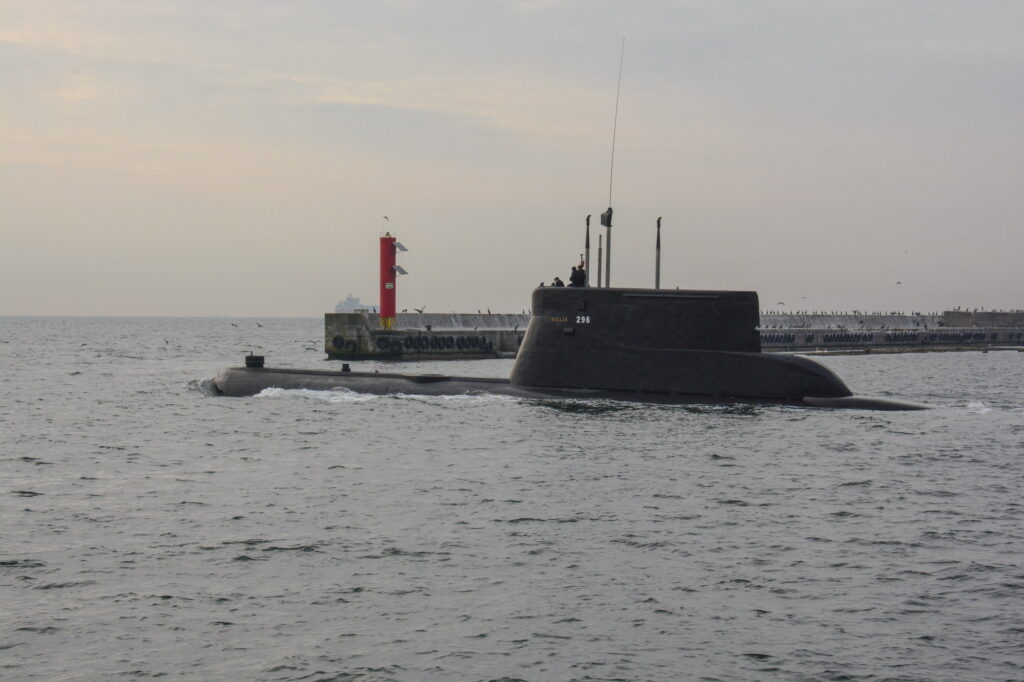
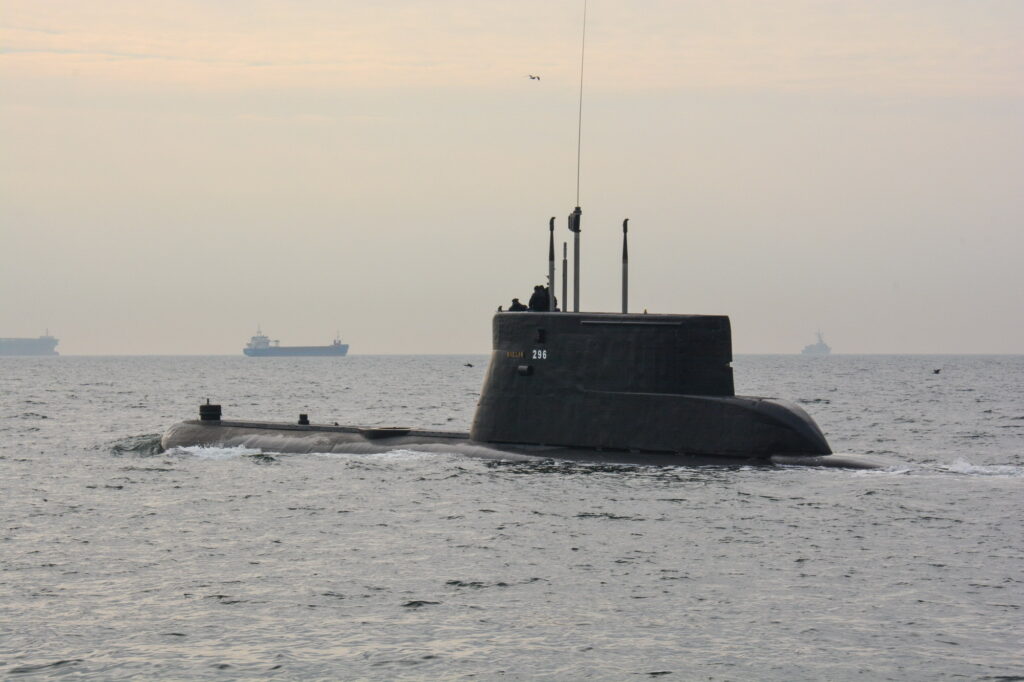
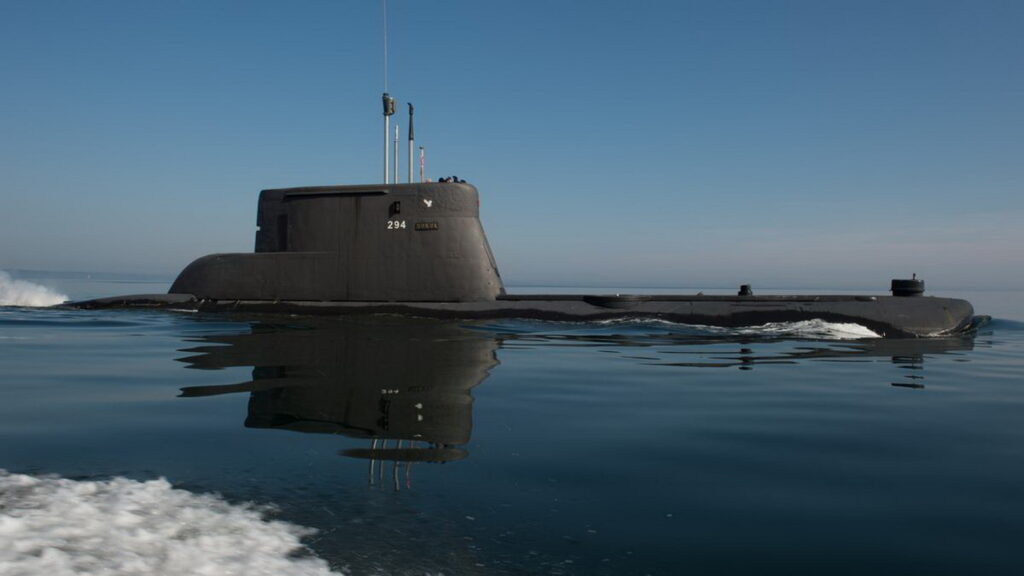

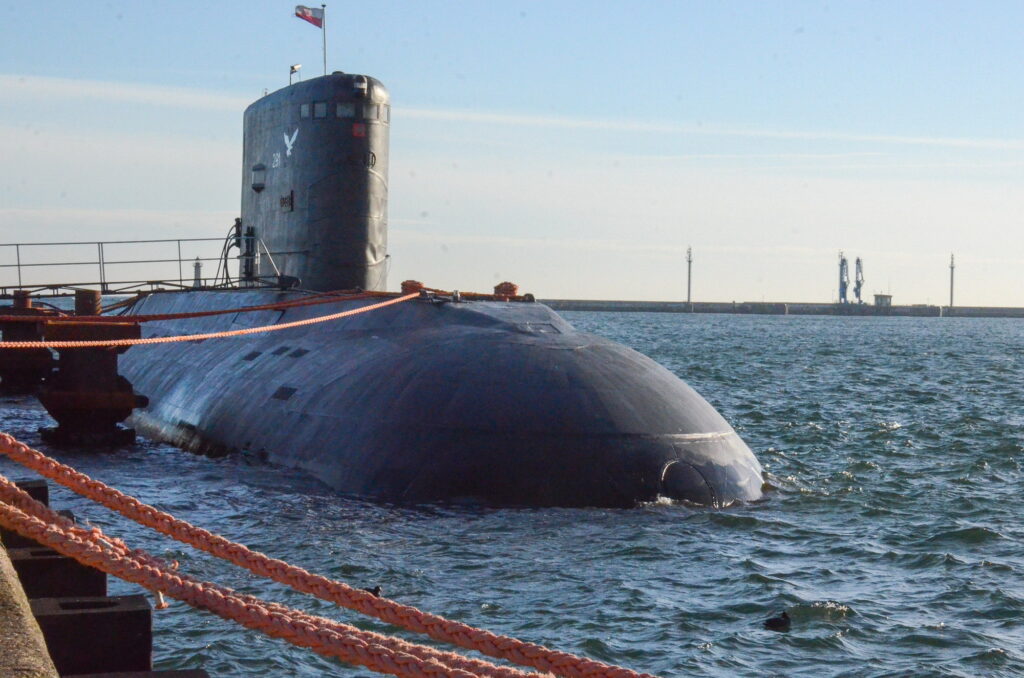
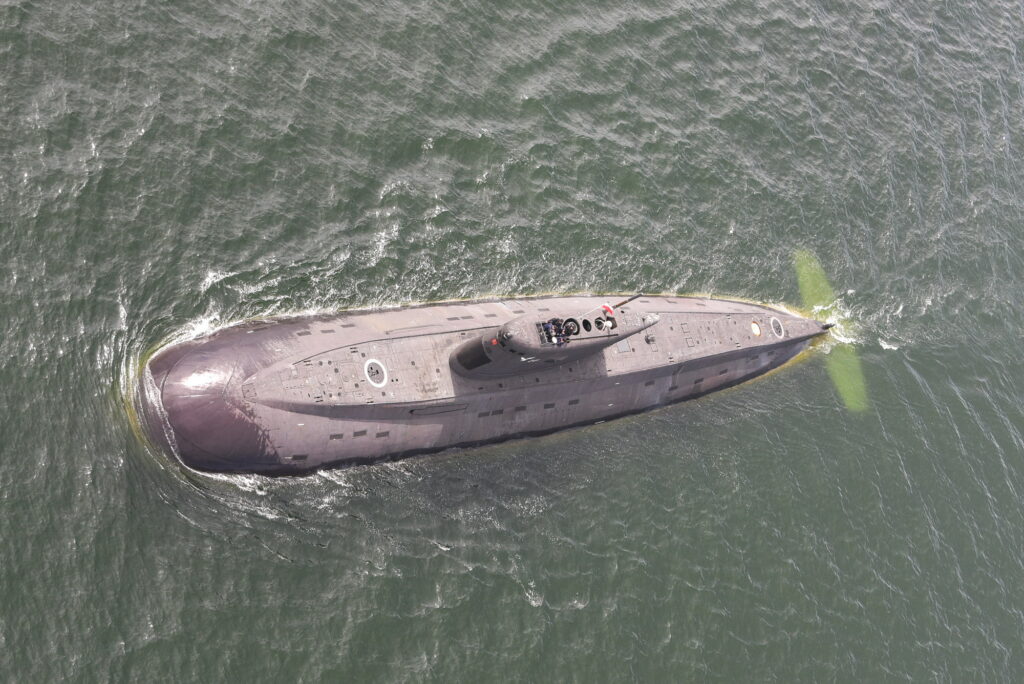
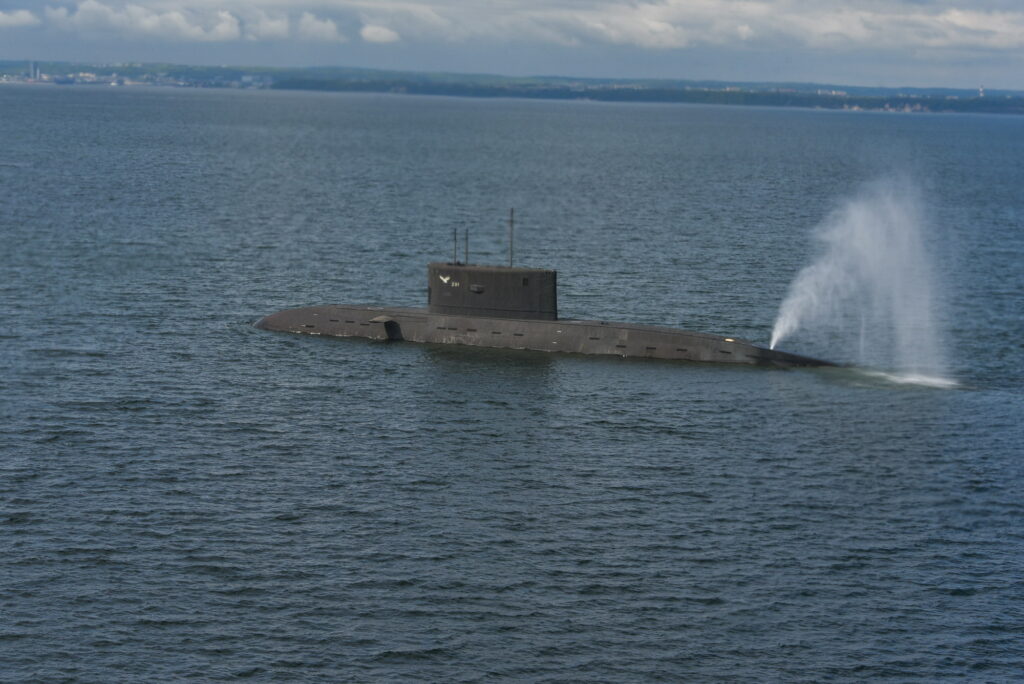
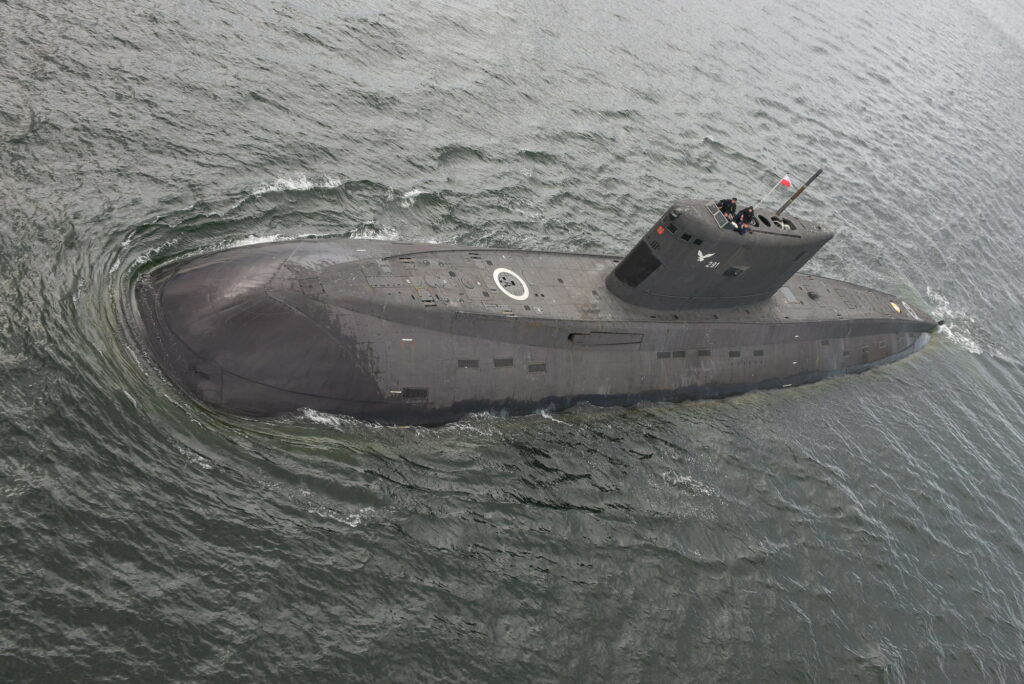

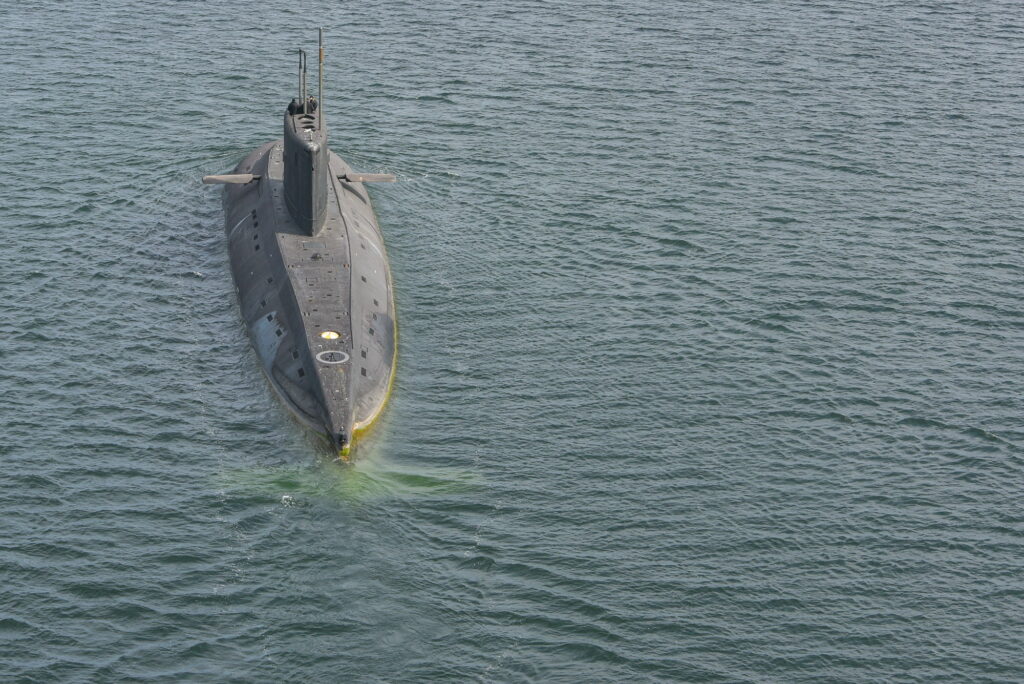






Comments
Nobody has commented on this article yet.